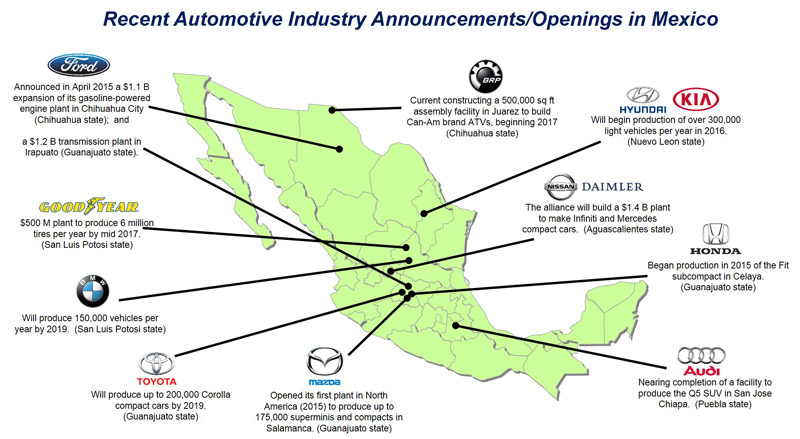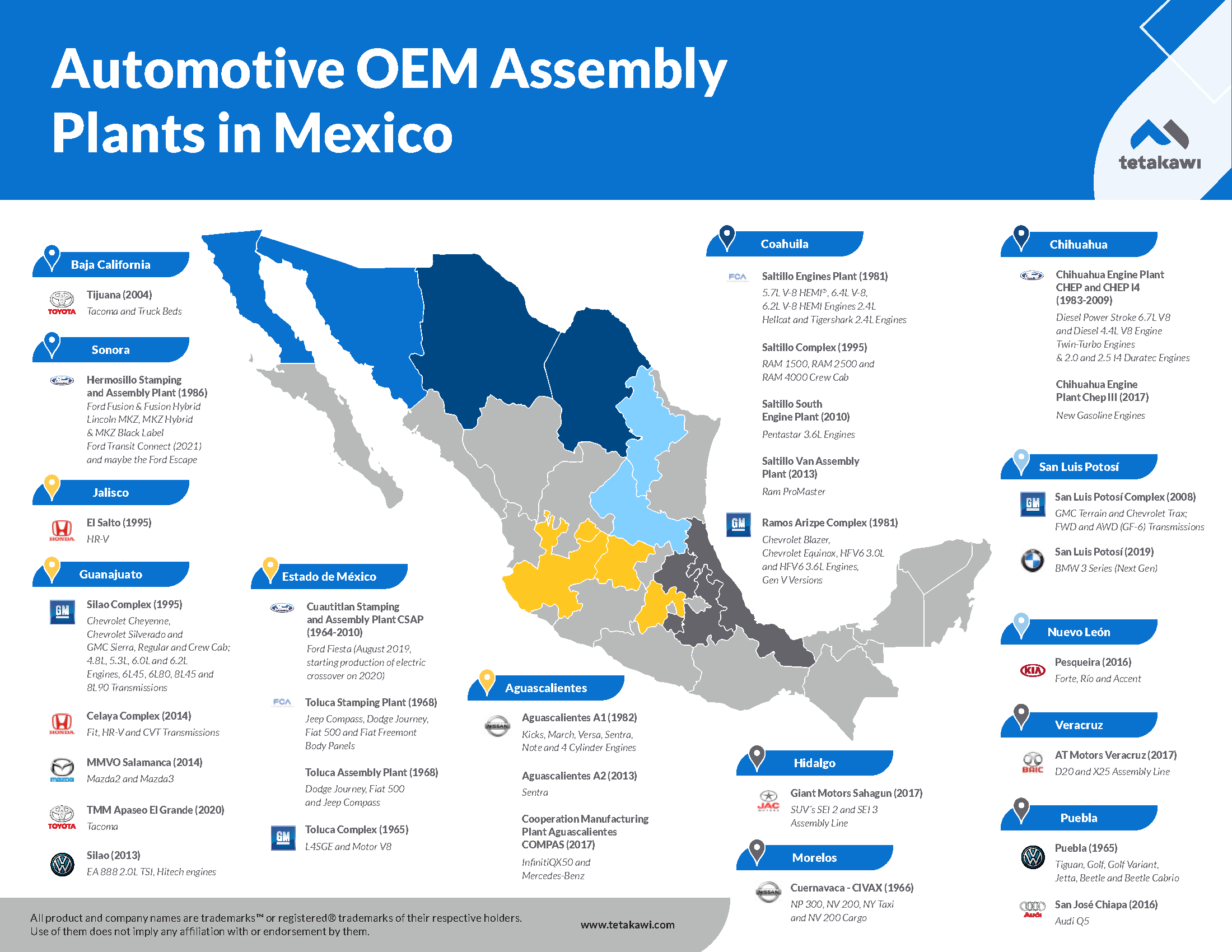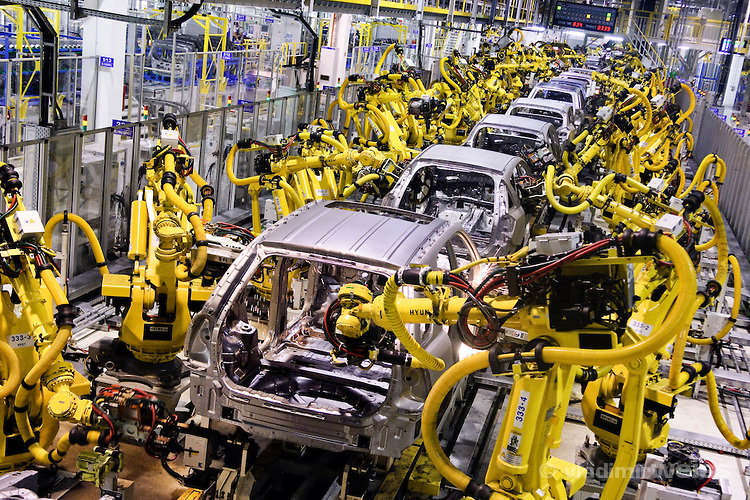Are Auto Plants Being Built in Mexico? An Analytical Industry Update

The first time I heard about a “massive new auto plant” coming to Mexico, it was 2015, and I was sitting across from a parts supplier in Puebla. He slid his phone across the table—“Look! Ford’s building here next year.” We ordered another round of tacos al pastor and started plotting our expansion.

Six months later, that Ford plant? Nowhere to be found. Instead, whispers swirled about layoffs up north and electric cars in China. My friend learned the hard way: headlines don’t build factories—shovels do.
Mistake #1: Believing the Hype Before the Bulldozers Arrive
Everyone wants to spot “the next big thing.” We chase rumors on LinkedIn or breathless press releases from Detroit executives who’ve never sweated through a Sonoran summer. It feels exciting to say, “Did you hear? Tesla’s breaking ground in Nuevo León!” But on the ground, you’ll see empty lots and half-finished walls where ribbon-cuttings were promised last quarter.
Back in early 2023, I watched a dozen small logistics firms triple their warehouse capacity after Tesla’s Gigafactory Mexico announcement. By mid-2024, those warehouses echo with silence—the project’s still tangled in permits. The lesson? Don’t hire staff or sign leases based on promises; wait until you smell diesel fumes and see cranes moving dirt.
Mistake #2: Ignoring the Quiet Ripples (Where Real Opportunity Lies)
Here’s what rarely makes headlines: before an automaker turns on assembly lines, dozens of feeder businesses are already humming nearby. Think wire harnesses from Saltillo, seat foam molded outside Querétaro, or catering trucks parked at dawn for construction crews.

A friend of mine—a packaging supplier near Aguascalientes—landed his biggest contract not by calling Ford HQ but by noticing a surge in job ads for forklift drivers. That spike meant real activity was coming…long before any glossy PR photos surfaced.
If you’re serious about catching opportunity early:
- Check for sudden hiring spikes at suppliers like Magna or Lear.
- Walk industrial parks—listen for forklifts clattering at midnight.
- Watch local Facebook groups; workers chat when shifts ramp up, long before recruiters post online.
Mistake #3: Trusting English-Language News as Your Only Source
I’ve lost count of how many would-be partners missed out because they skimmed only international news wires. Meanwhile, regional papers like El Financiero had already run two front-page stories about new GM investments—or reporting delays thanks to state-level permit disputes.
If Spanish isn’t your strong suit (it wasn’t mine at first), make Google Translate your daily companion:
- Set keyword alerts: “nueva planta automotriz,” “expansión Volkswagen Puebla.”
- Skim municipal government bulletins—for example, Coahuila’s site posts every new zoning approval within hours.
Mistake #4: Assuming All Announcements Mean Shiny New Facilities
This one still stings—I once spent six months courting a “new” Tier 1 supplier rumored to be moving into Zacatecas. When I finally visited? Their expansion was just adding a third shift—no new buildings or jobs in sight.
Remember:
- Sometimes “plant expansions” are code for schedule tweaks.
- Only trust reports with hard details: square footage added, number of hires announced by HR managers (not just PR agents).
- Ask locals how traffic has changed around industrial zones—the best measure of real growth is delivery trucks lined up at sunrise.
Mistake #5: Forgetting That Delays Are the Rule—Not the Exception

Think billion-dollar projects run on schedule? Let me tell you about the year COVID hit Mexico—a friend sold all his stock expecting Ford Hermosillo to pause production forever. Instead, they finished upgrades seven months late…but then tripled output when demand rebounded.
Even today (mid-2024), border slowdowns mean imported robotics equipment sits idle weeks longer than planned. Savvy operators pad their timelines—and never promise clients anything that can’t survive a three-month holdup at customs.
What Does This Feel Like Day-to-Day?
Let me paint you a scene:
It’s dawn in Ramos Arizpe—the air smells faintly of steel and tortillas warming on street carts as workers queue outside GM’s gates. You watch as a convoy of flatbeds unloads German machinery under armed guard (yes, security is part of every supply chain now). Inside CANACINTRA’s offices downtown, phones ring off the hook—local welders want contracts before anyone else even knows there are jobs to fill.

Meanwhile, back home in Michigan? You hear nothing but silence if you’re waiting for official updates from company headquarters.
How Do You Get Ahead Without Getting Burned?
My best advice comes down to this:
- Follow activity—not announcements: Jobs posted locally beat press releases every time.
- Network with people actually working on-site: Maintenance crews know more than most VPs.
- Use both languages: Read local Spanish media; translate what matters most.
- Ask for proof: If someone says they’re building, ask them for drone photos or project schedules—not just fancy slideshows.
- Plan for delays: Every plan needs wiggle room; count on it taking longer than promised.
And remember—even if ribbon-cuttings get pushed back and headlines flip-flop weekly…the sheer momentum behind Mexico’s auto sector is real and relentless once shovels are truly moving dirt.
If you want my honest take on which regions feel hottest right now (hint: Aguascalientes is buzzing with Chinese investments no one predicted two years ago) or which suppliers are landing contracts under everyone’s radar—just ask me directly. The truth is always messier—and full of more opportunity—than any glossy headline lets on.
So next time you hear talk of another auto plant being built south of the Rio Grande, don’t rush out to buy land or hire staff just yet; grab your boots and see who shows up at sunrise instead. That’s where tomorrow really starts—and where everyone else wishes they’d looked first.



